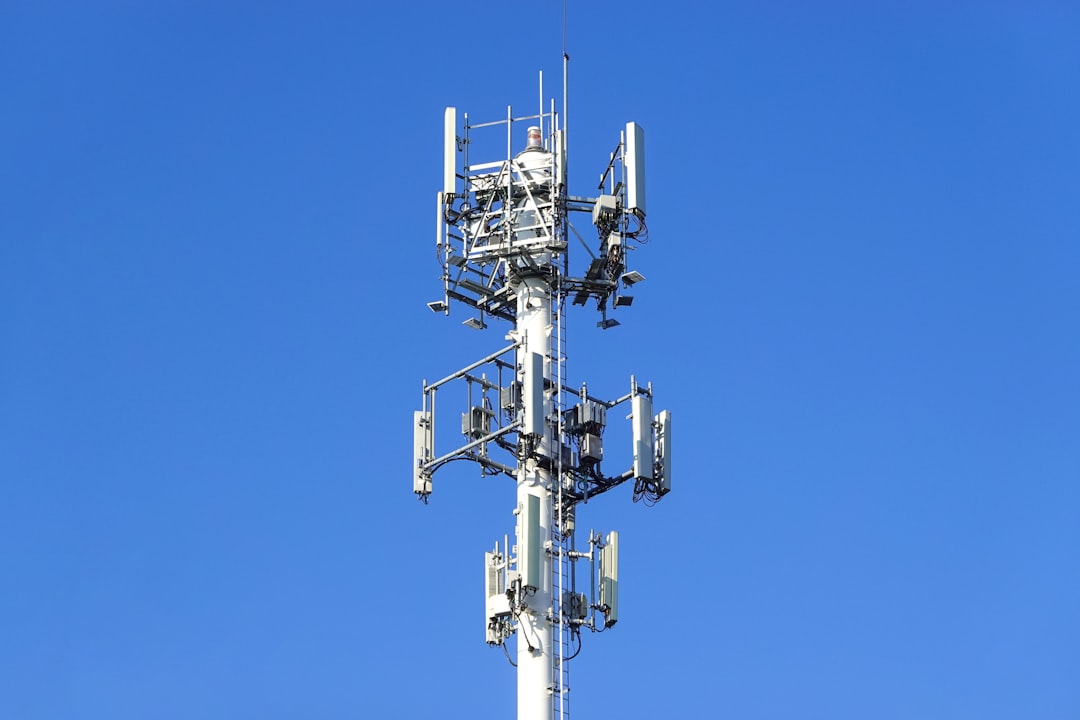What is it about?
Mathematical investigation of the spread of Newcastle disease in chicken caused by wild birds has been conducted by considering the effect of virus contaminated environment in the disease spread. Also investigated are the best methods which are also cost effective to control the spread of the disease. The control strategies considered are vaccination, killing the infected chicken and ensuring cleanliness in the chicken yard and surroundings so as to avoid indirect transmission of the virus to the chicken from the unhygienic environment. The study established that the use of only the environmental hygiene and sanitation control strategy has no significant effect on the spread of the disease. Combination of vaccination and safely disposing the manure from the infected chicken, avoiding contaminated feeds, and improving sanitation for the caretakers of chicken reduce more the number of infected chicken and virus concentration in the environment. Vaccination alone is the most cost-effective control measure.
Featured Image

Photo by Seen on Unsplash
Why is it important?
When the Newcastle disease enters a chicken farm, it wipes out the entire flock. Owing to the scarcity of financial resources for most village chicken growers, the design of a control strategy that is cost effective but also reduce the adverse effects of the disease is of paramount importance.
Perspectives
I am happy to be one of the co-authors of this article and hope other researchers are able to do further work and determine the most suitable time / age the chicken should be vaccinated to increase the efficacy of the vaccination and minimise infection rate. This will be of great help to the farmers
Verdiana Grace MASANJA
Nelson Mandela African Institute of Science and Technology
Read the Original
This page is a summary of: Application of Optimal Control Theory to Newcastle Disease Dynamics in Village Chicken by Considering Wild Birds as Reservoir of Disease Virus, Journal of Applied Mathematics, March 2019, Hindawi Publishing Corporation,
DOI: 10.1155/2019/3024965.
You can read the full text:
Contributors
The following have contributed to this page










